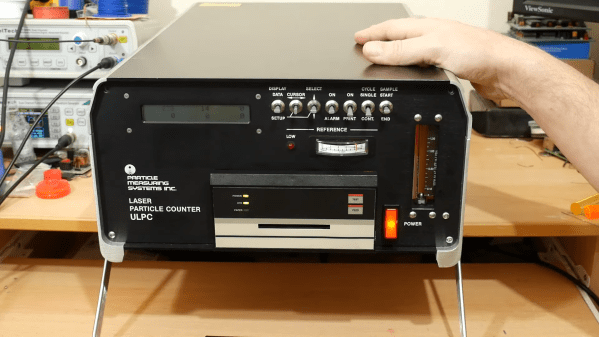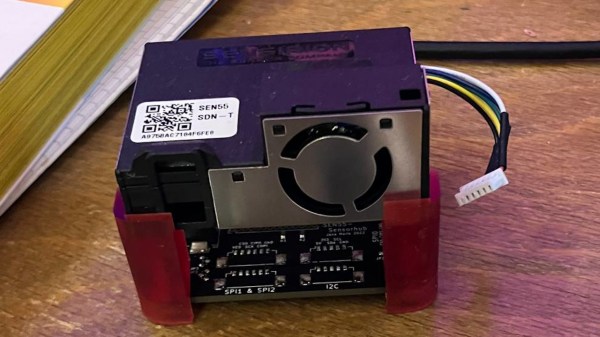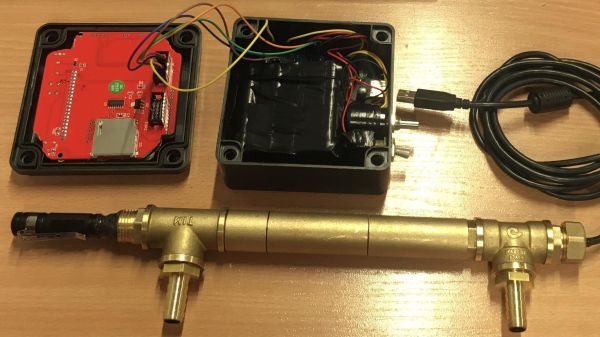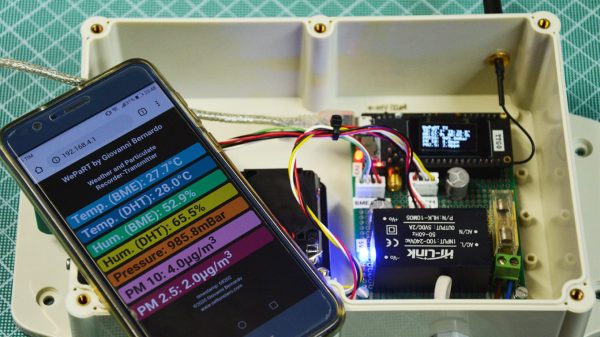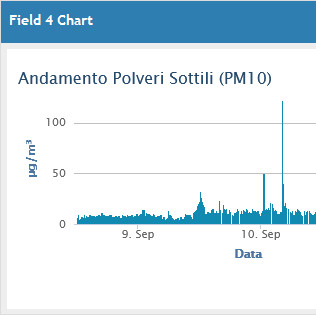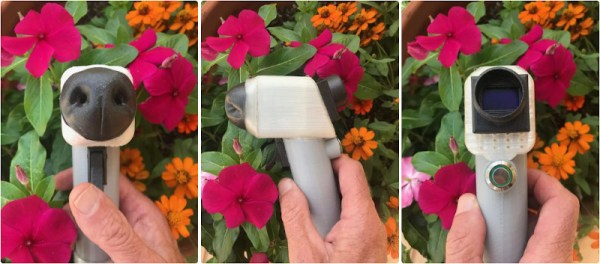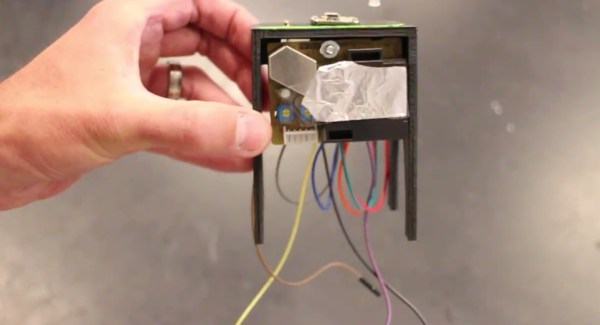If you need a demonstration of just how far technology has come in the last 40 years, just take a look at this teardown of a 1987 laser particle counter.
Granted, the laser-powered instrument that [Les Wright] scored off of eBay wasn’t exactly aimed at consumers. Rather, this was more likely an instrument installed in cleanrooms to make sure the particulate counts didn’t come out of range. As such, it was built like a battleship in a huge case stuffed with card after card of electronics, along with the attendant pumps and filters needed to draw in samples. But still, the fact that we can put essentially the same functionality into a device that easily fits in the palm of your hand is pretty striking.
[Les] clearly bought this instrument to harvest parts from it, and there’s a ton of other goodness inside, including multiple copies of pretty much every chip from the Z80 family. The analog section has some beautiful Teledyne TP1321 op-amps in TO-99 cans. Everything is in immaculate condition, and obsolete or not, this is an enviable haul of vintage parts, especially the helium-neon laser at its heart, which still works. [Les] promises an in-depth look at that in a follow-up video, but for now, he treats us to a little tour of the optics used to measure particulates by the amount of laser light that’s scattered.
All things considered, [Les] really made out well on this find — much better than his last purchase.
Continue reading “Vintage Particle Counter Is A Treasure Trove Of Classic Parts”

